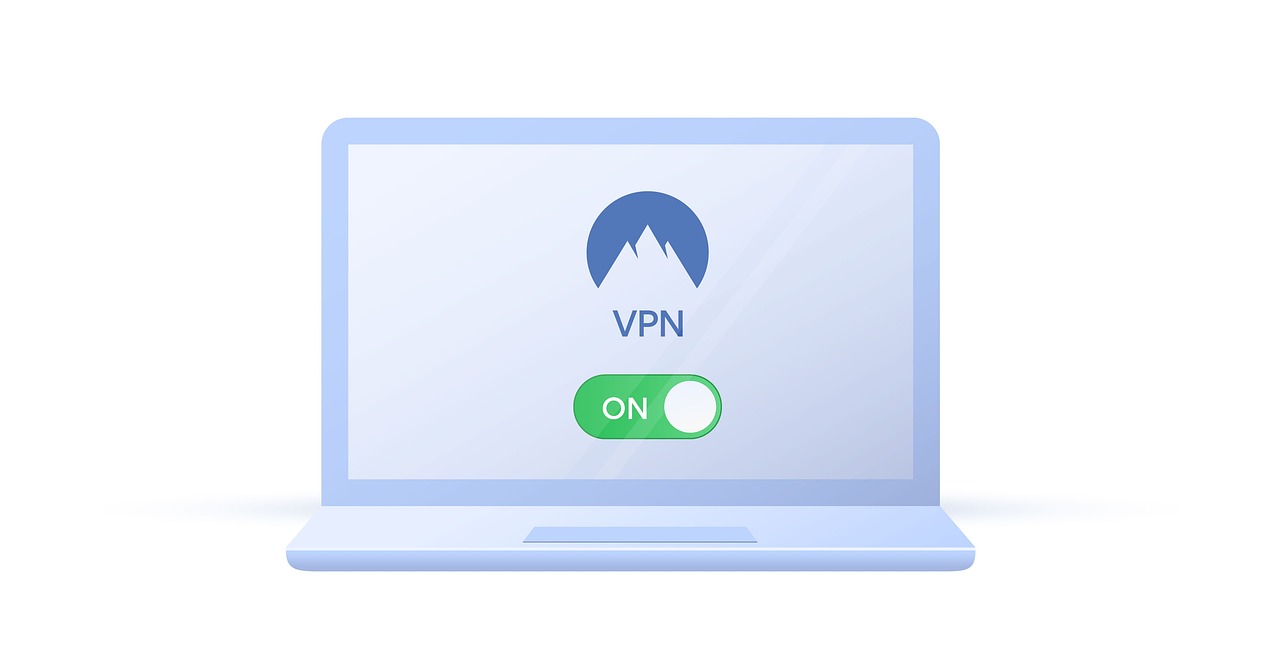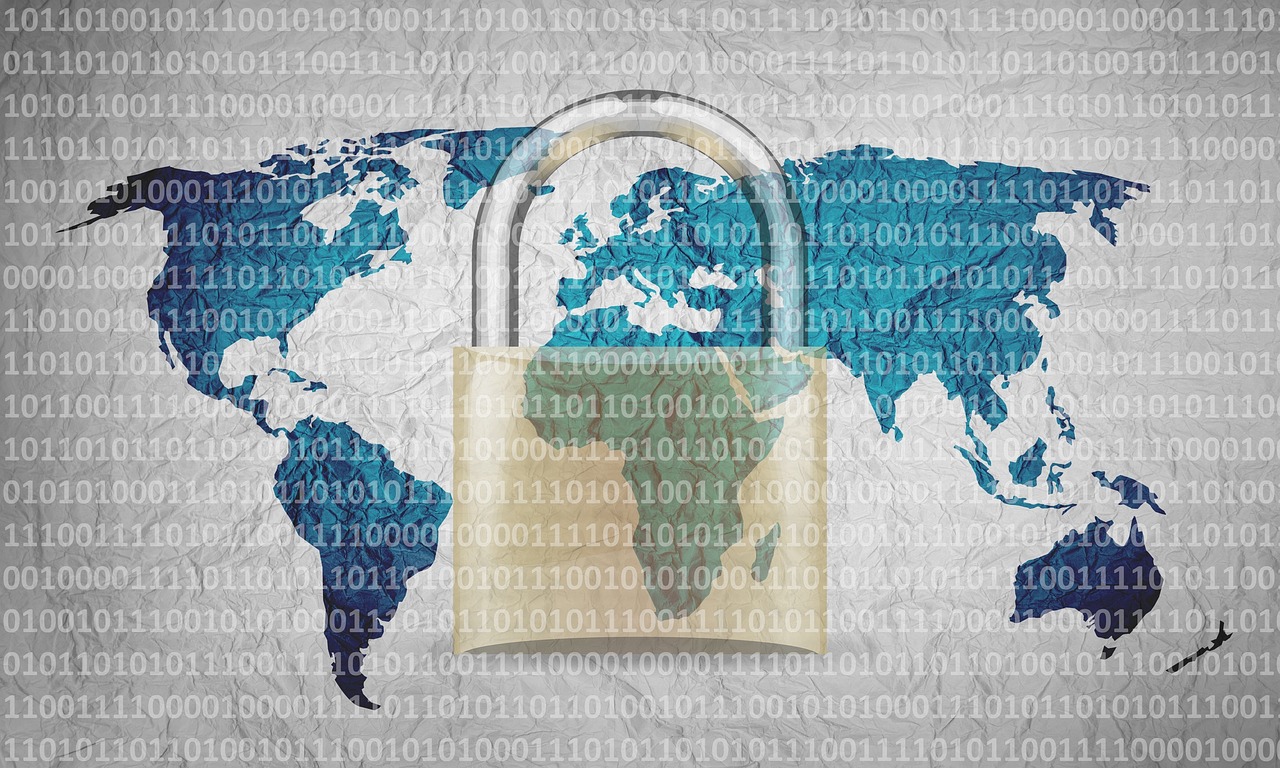
Beyond Passwords: Rethinking Authentications Future
Authentication – it's the digital handshake that verifies you are who you say you are, the gatekeeper standing between you and your online accounts, and a crucial element in building secure and trustworthy digital experiences. In today's increasingly connected world, understanding authentication is more important than ever, not just for developers and security professionals, but for anyone who interacts with the internet on a daily basis. This blog post delves deep into the world of authentication, exploring its different methods, best practices, and its vital role in protecting your digital identity.
Understanding Authentication
Authentication is the process of verifying that a user, device, or other entity is who it claims to be. It's about confirming identity. Unlike authorization, whic...






